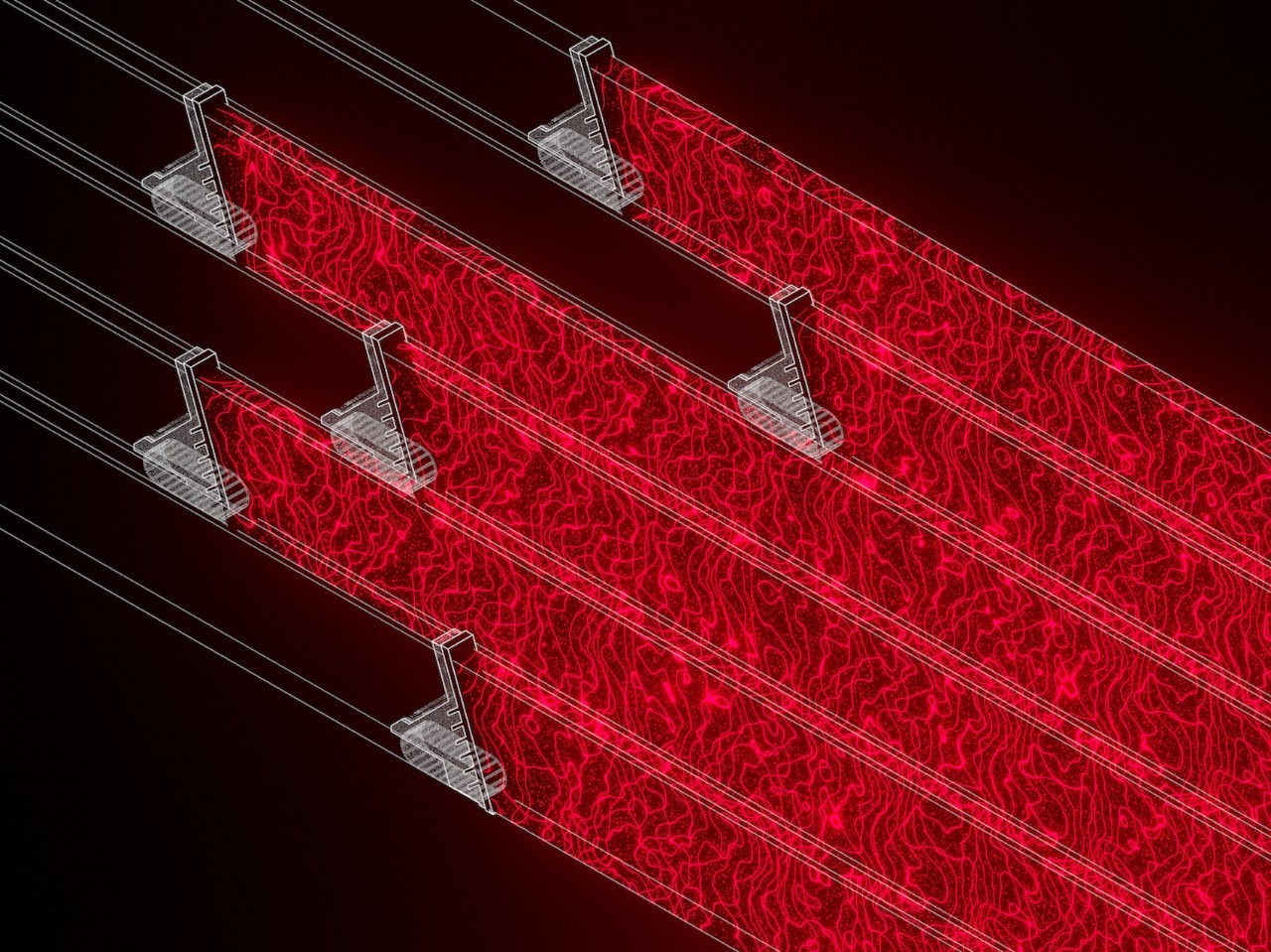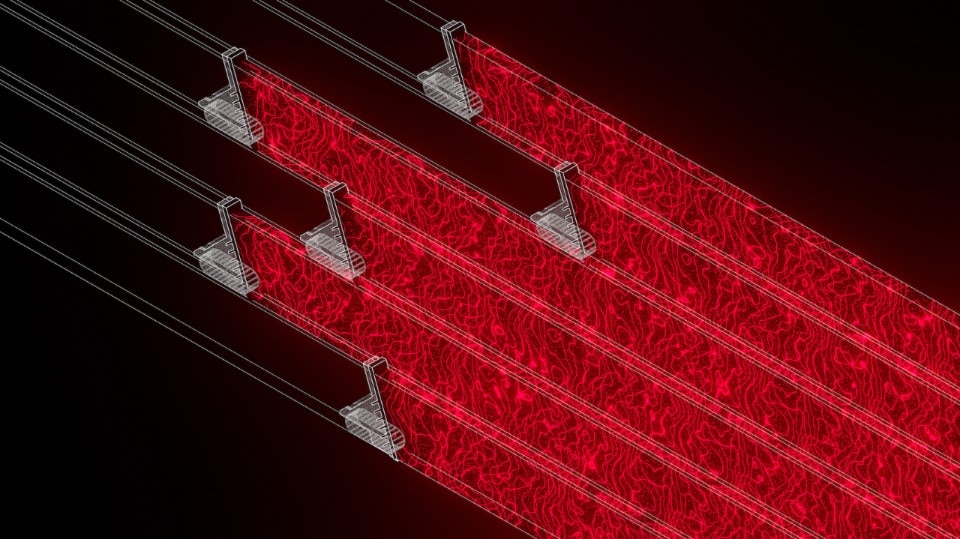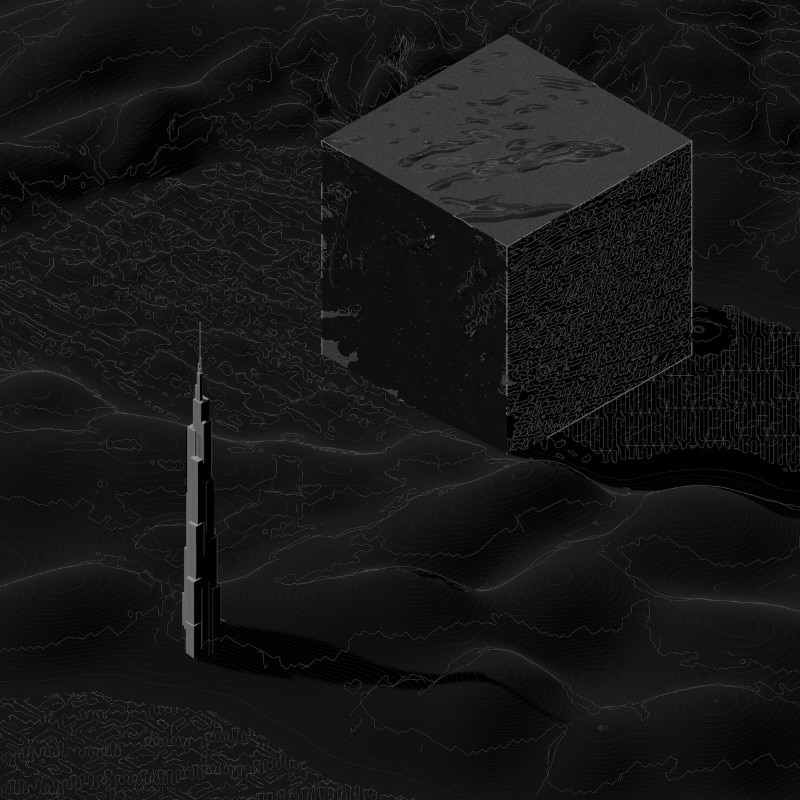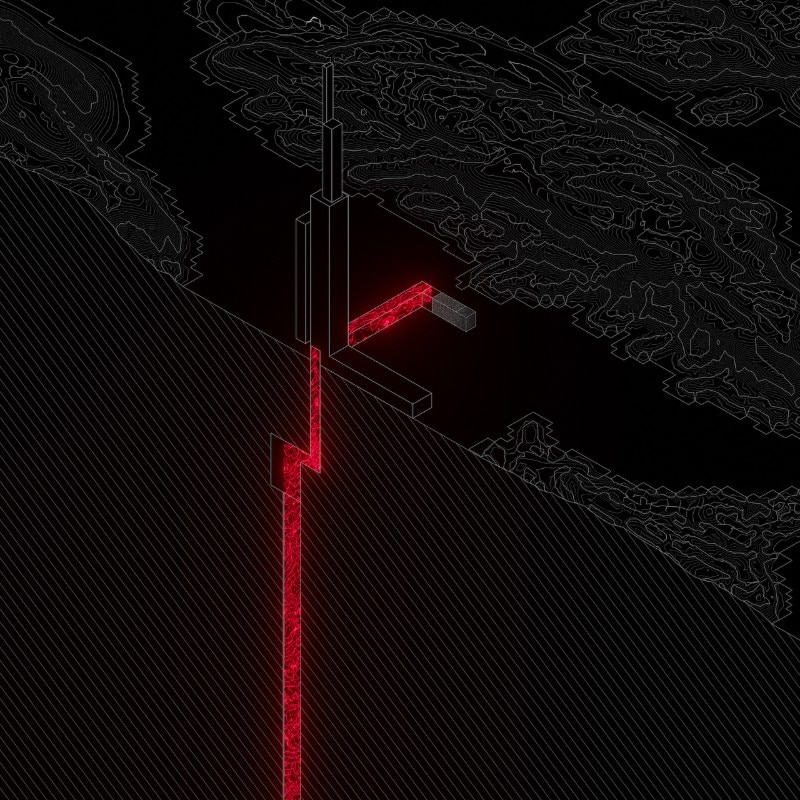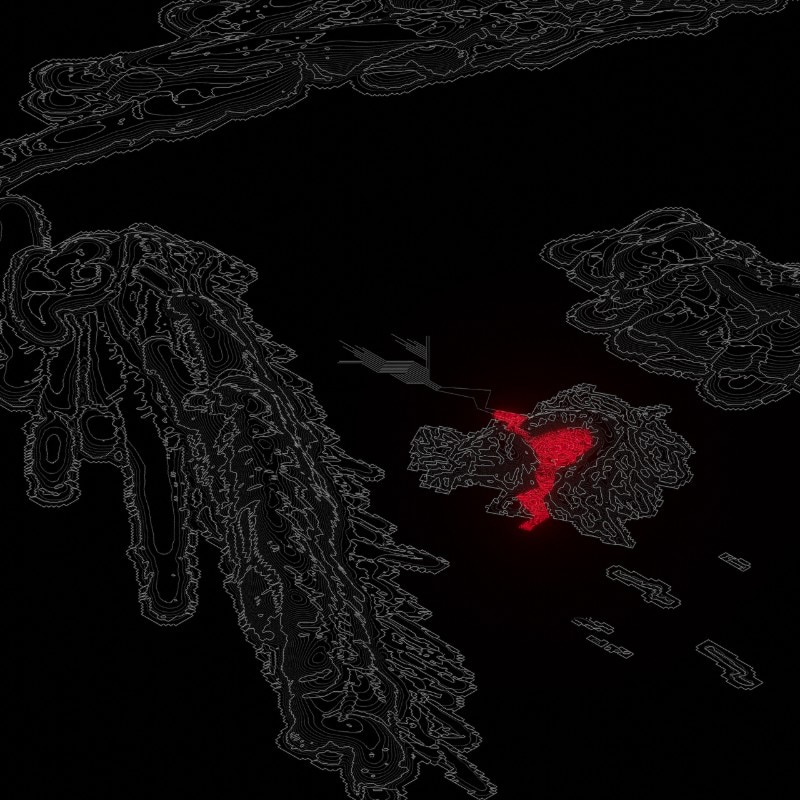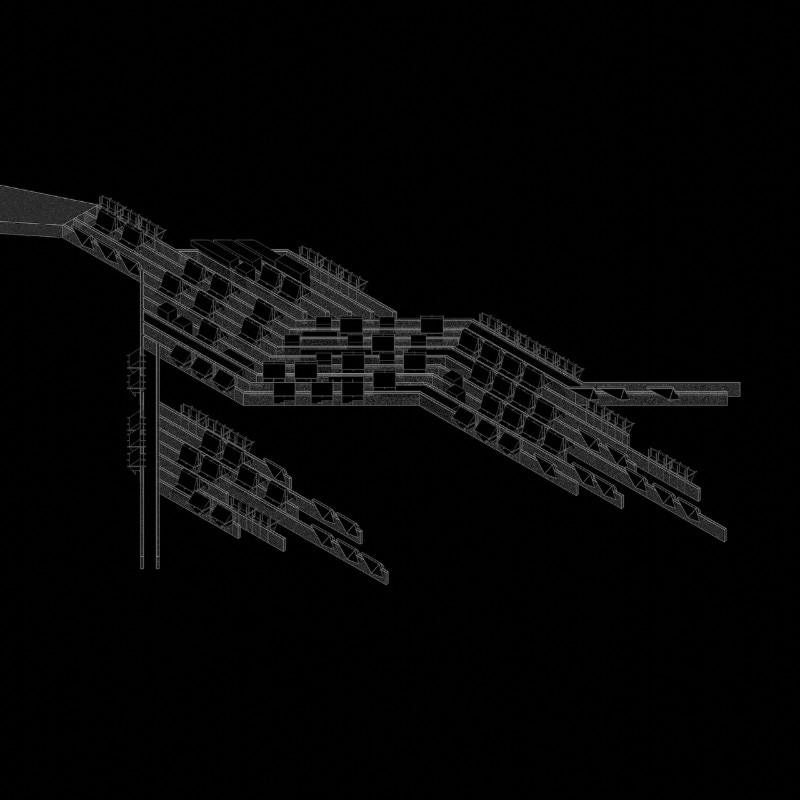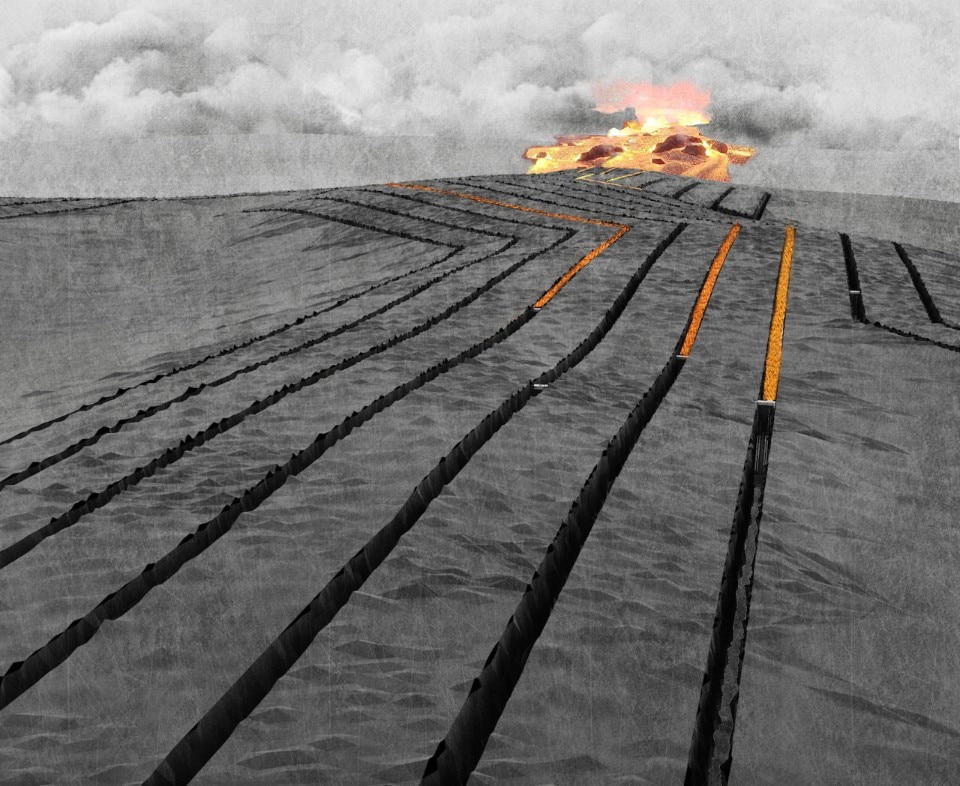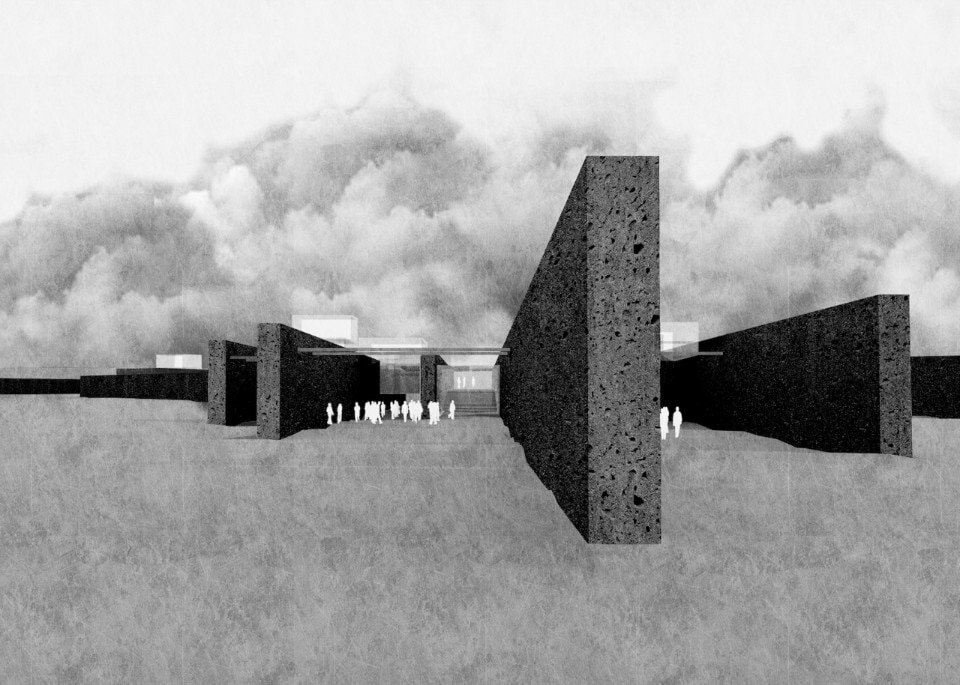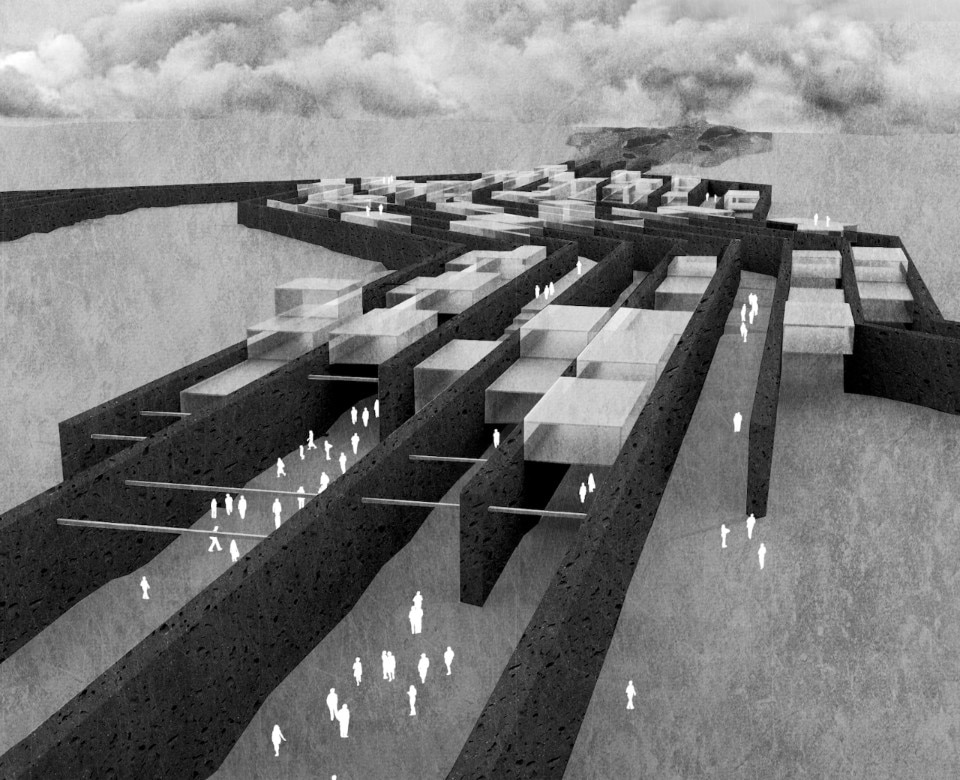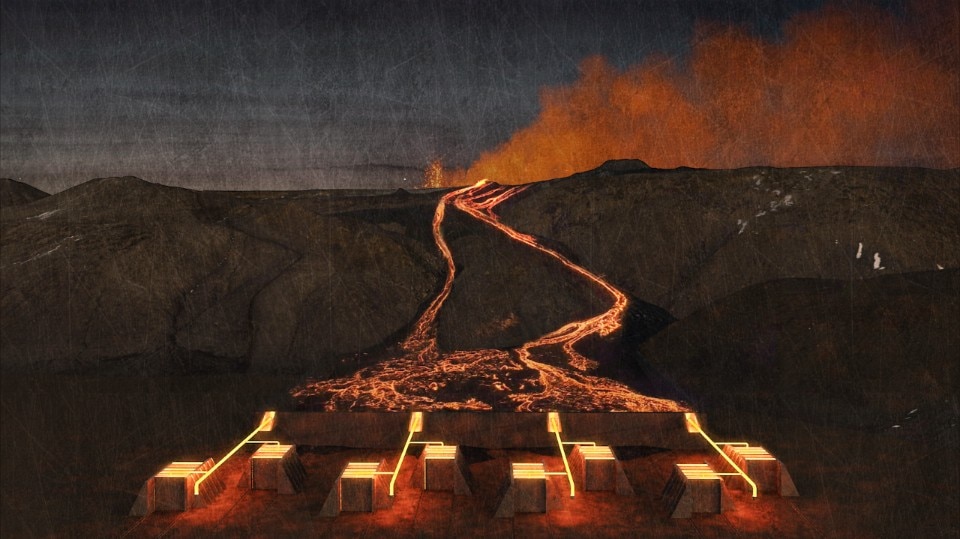Icelandic architect Arnhildur Palmadottir has recently presented a proposal for a new building material, only at first sight bizarre and utopian. Since 2018, his firm has been researching how to harness molten lava from Iceland’s myriad volcanoes and use it as a natural building material. Lavaforming, that’s the name of the project, in fact involves using controlled lava eruptions to create buildings, which are substantially more sustainable than those built with steel and concrete.
“We are aware of the responsibilities we have as designers and we definitely feel the urgency of climate change when the built environment is responsible for 30-40% of total CO2 emissions,” Palmadottir explains during the presentation of the project at this year’s DesignMarch festival in Reykjavík. “It is up to us designers to look beyond existing systems and anticipate new narratives and worlds for others to see and discover.”
If we look at the carbon footprint of the main modern building materials - concrete, steel and wood - we will never meet the UN goals of staying below 1.5 degrees of warming and at the same time continue the construction sites already planned in the coming years. “Our initial question was: what if buildings were created from geological layers? What if the buildings of the future were made exclusively from local materials, transformed by virtue of the forces and resources of the surrounding environment?” continues Palmadottir. For example, the natural release of CO2 as a side effect of volcanic activity is five times less than the production of cement.
Translated with www.DeepL.com/Translator (free version)
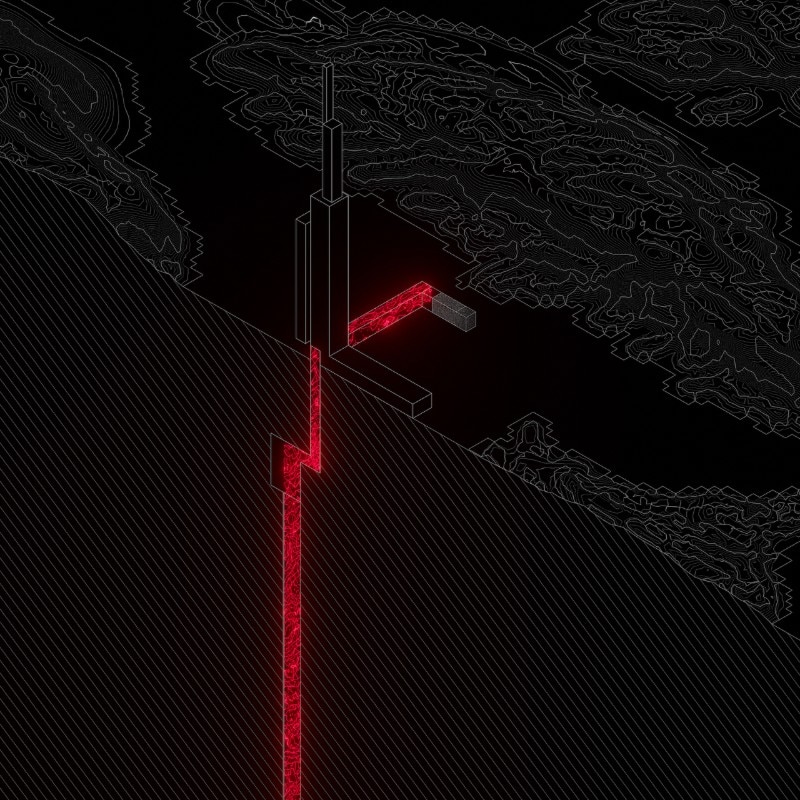
Although the proposal applies to Iceland, it could also be applied to the other 1,500 active volcanoes around the world. It is essentially based on three strategies: digging trenches into which lava flows when a volcano erupts; drilling the magma before it erupts and turns into lava; and 3D printing bricks with molten lava.
In the first case, lava from the natural eruption slowly flows into a network of previously dug trenches. These could be used to redirect the lava and protect critical infrastructure in the vicinity. The trenches could also be used to form the foundations of a new city as the lava cools and becomes solid rock.
When there are no volcanic eruptions on the horizon, the architects want to exploit ongoing scientific research on geothermal energy. Iceland is divided by a rift that divides the country from east to west, where pockets of incandescent magma flow and transfer heat to the Earth’s rocky mantle above them: if harnessed properly, the so-called geothermal heat could be used to generate huge amounts of electricity. The ambition of the study here is the possibility of drilling even deeper and reaching pockets of magma to extract. The material could then be moulded into bricks or manipulated into a material for 3D printing.


